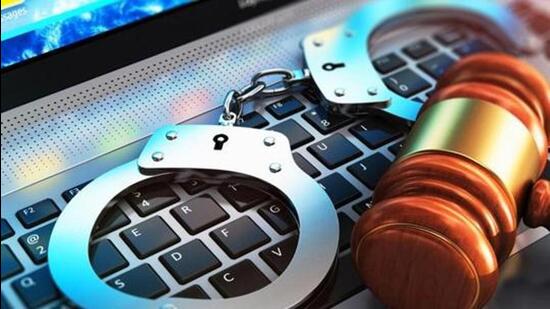Criminal identification bill: It’s not ‘draconian’
Depriving law enforcement agencies of the use of the latest technologies would be a grave disservice to victims of crimes, and the nation at large
The accused in our case have refused to provide their voice samples,” informed the investigating officer of a case we registered against two political heavyweights during a bandh in Pune in December 2010. The telephonic discussion on how to orchestrate rioting, stone pelting and burning of buses between the two leaders was recorded by the special branch of the police. I was the commissioner of police (Pune) then and the bandh was called to protest the removal of Dadoji Konddev’s statue from the historic Lal Mahal area of the Pune Municipal Corporation.

We asked experts and went through laws to determine if the accused were obliged to give their voice samples. We needed to prove their conversation in court. There was no such provision. The politicians refused to give their voice samples, claiming it was a “violation of their personal liberty”.
The same political party came to power later and tried to withdraw the case in 2015. But it was rejected by the court, and the magistrate said that the case was of “criminal conspiracy for wantonly giving provocation with intent to cause riot”. However, much to our disappointment, the criminal case was withdrawn in 2017. In 2010, there was no provision to collect “voice measurement”, a step that the Criminal Procedure (Identification) Bill, 2022, recently introduced in the Lok Sabha, intends to change. The crux of the new bill is the definition of “measurement”, which now includes finger, palm and footprint impressions, photographs, iris and retina scan, physical, biological samples and their analysis, behavioural attributes including signatures, handwriting or any other examination referred to in section 53 or section 53A of the Code of Criminal Procedure (CrPC), 1973. It intends to replace the Identification of Prisoners Act, 1920, which defined measurement only as “finger impressions and footprint impressions”.
The bill’s statement of objects and reasons rightly mentions that technology has changed over the last century and that other countries have gained “credible and reliable results” with improved investigation and better conviction rates.
The bill envisages expanding the ambit of “persons” and “measurement” to help investigating agencies gather sufficient legally admissible evidence and establish the crime of the accused person. The data collected shall be retained in digital or electronic form by the National Crime Records Bureau that shall “store, preserve” or “destroy” the measurements for 75 years. States and Union Territories will have their agencies to do so too.
While the 1920 Act empowered the collection of measurements of persons convicted of any offence punishable with rigorous imprisonment for a term of one year or upwards, the new bill envisages so even for lesser conviction i.e. from anyone convicted of an offence punishable under any law for the time being in force.
However, in case of arrests, the new bill has limited the collection of samples to those arrested in offences with imprisonment for not less than seven years. But an accused involved in crimes against women and children, even with lesser punishment, shall be obliged to provide their measurements.
The 1920 Act covered all those arrested in offences punishable with rigorous imprisonment for one year and more. Magistrates, as per the bill, have wide powers to direct any person to give measurements under this Act. And, refusal shall be deemed to be an offence under Section 186 of the Indian Penal Code.
What is jarring is that those ordered to “give security for good behaviour or maintaining peace” under Section 117 of the CrPC will also be covered under the bill. Many police officers question the wisdom of taking measurements in such cases, which, as per CrPC Section 122, entail one year detention by a magistrate or a maximum of three years imprisonment by a sessions court, while those arrested for criminal cases, involving less than seven years imprisonment, are not obliged to.
The collection and analysis of finger or footprints and handwriting have long been established in all police organisations. However, the recently introduced measurements need enormous resources and infrastructure. The Centre and states will have to allocate funds to meet the commitment.
We need more experts to collect measurements from the scene of crime, more forensic labs, and equipment to analyse them to identify possible accused involved in a criminal case. The lack of experts and resources in forensic labs is the elephant in the room. The training of the investigation officers, prosecutors, judicial officers and collaboration with doctors and forensic experts need to be prioritised.
There is no doubt that technology should be used only for legitimate law enforcement purposes. But to call the bill “draconian” is absurd. It minimises the threat from organised crime, cybercriminals and terrorists who are proficient in identity thefts and identity frauds. On the contrary, the bill will help to check serious national and global threats posed by them.
We, in India, can frame rules regarding data collection and storage carefully so that the concept of personal liberty is not violated. Privacy protection measures can also be developed along with robust public oversight. But depriving law enforcement agencies of the use of the latest technologies would be a grave disservice to victims of crimes, and the nation at large.
Meeran Chadha Borwankar is former director-general, Bureau of Police Research and Development, and National Crime Records Bureau
The views expressed are personal
All Access.
One Subscription.
Get 360° coverage—from daily headlines
to 100 year archives.



HT App & Website







